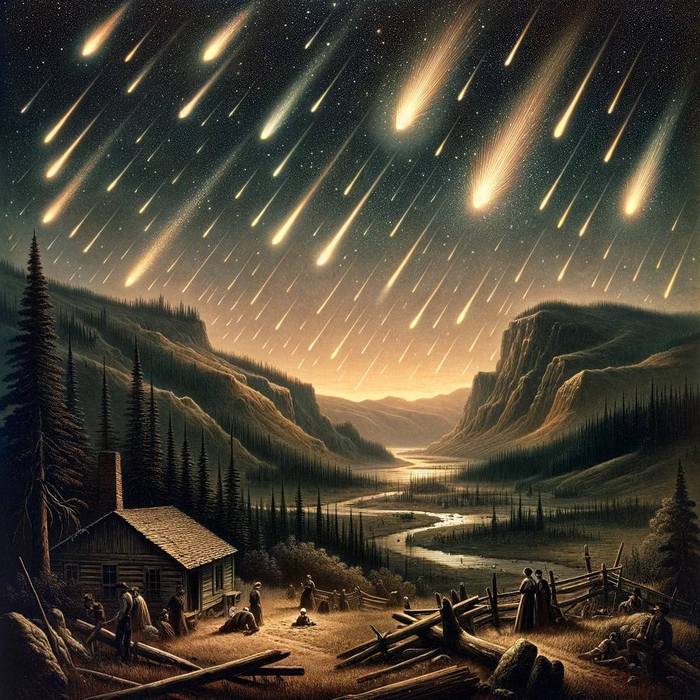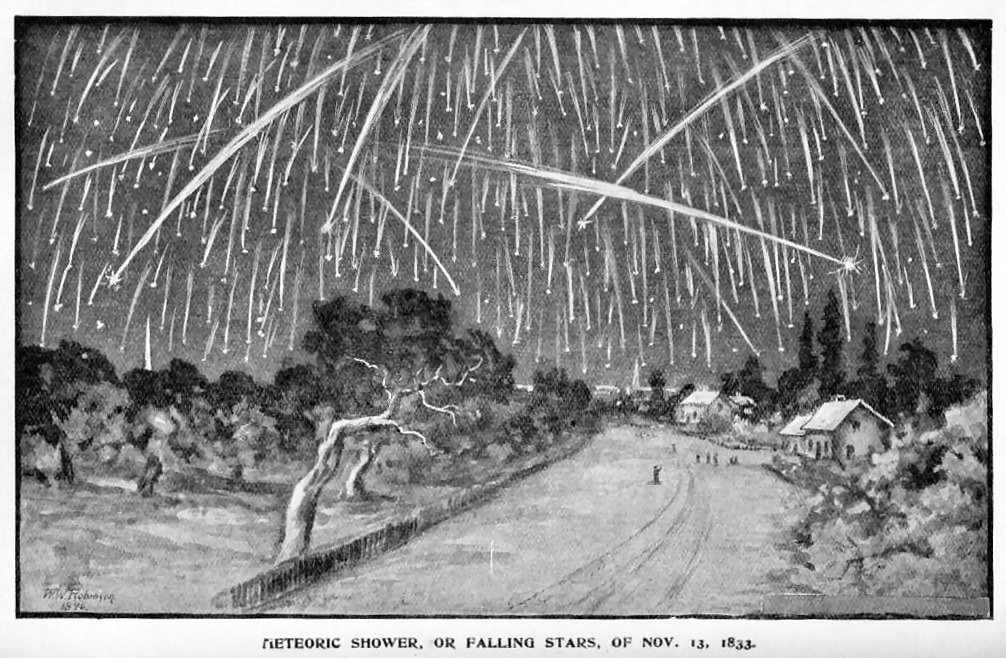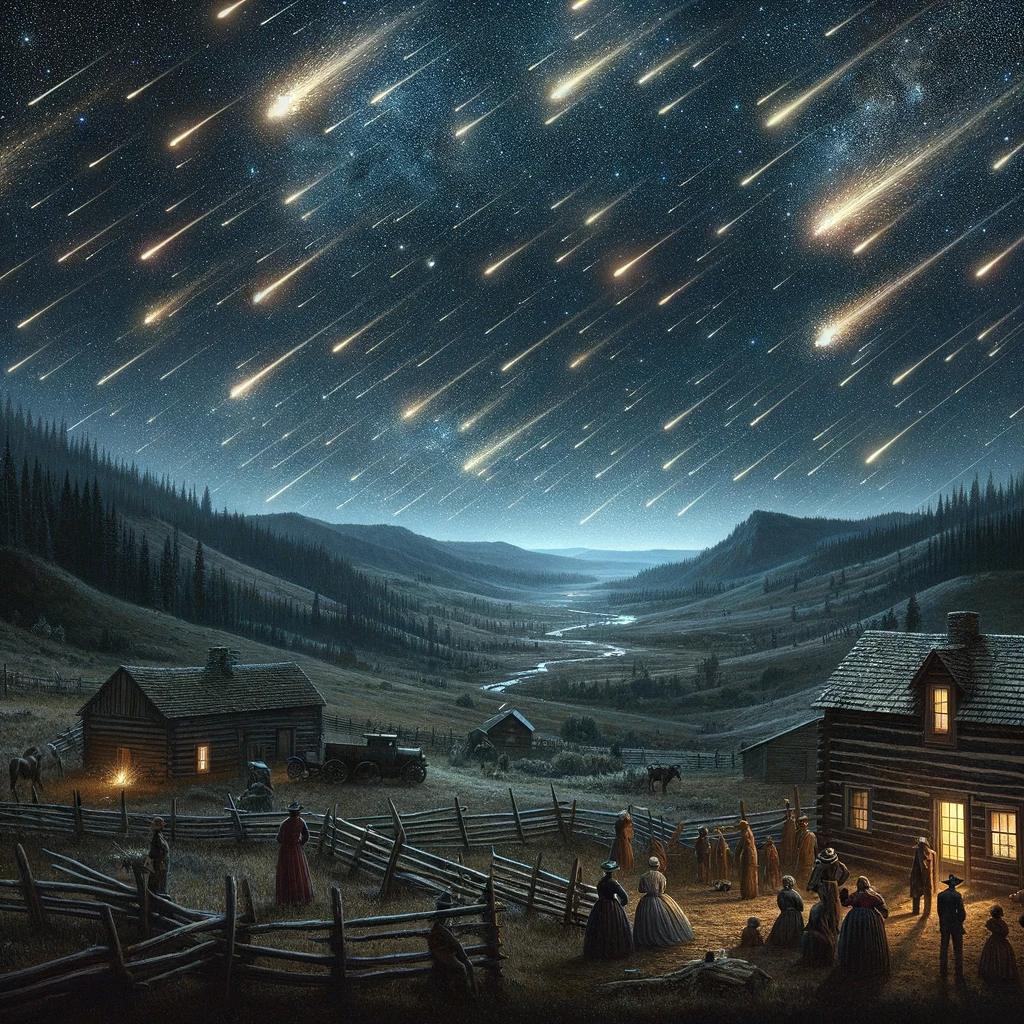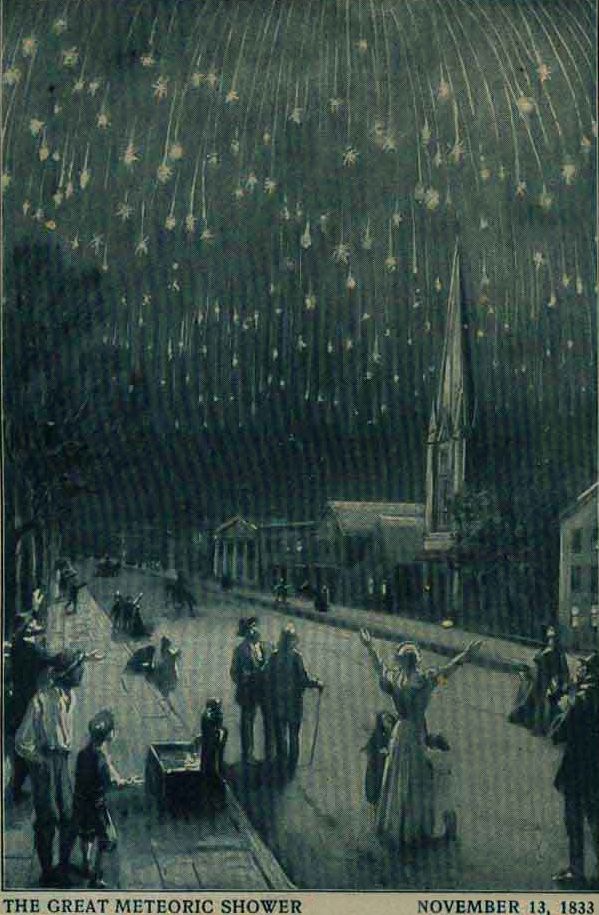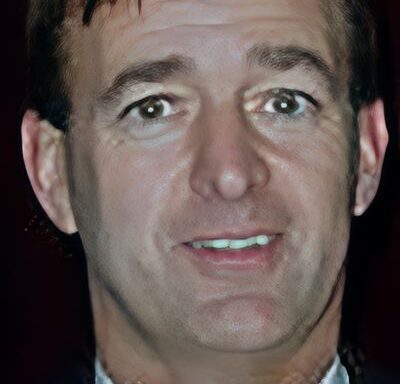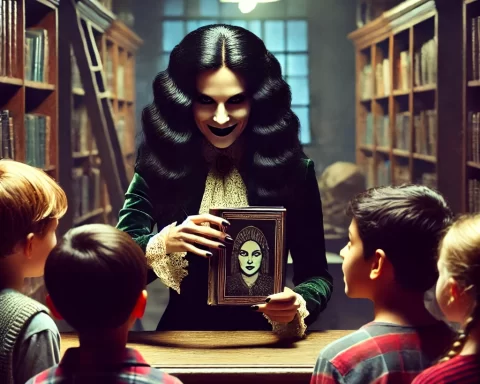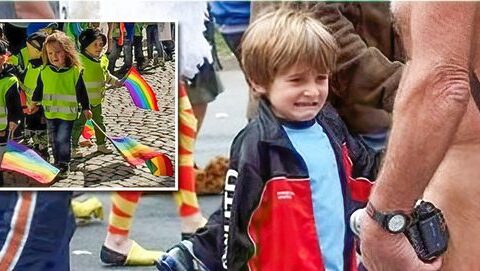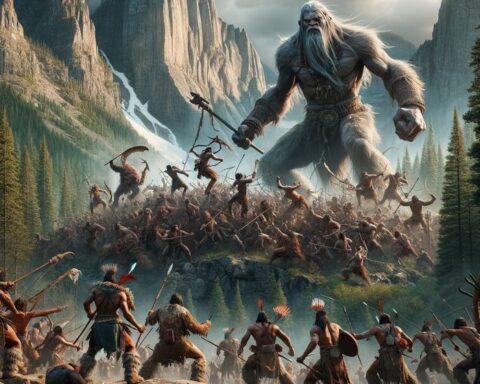The Great Meteor Storm of 1833 was a remarkable astronomical event that left a lasting impression on those who witnessed it, including residents in Idaho. This meteor shower, which occurred on the night of November 12th and into the morning of November 13th, 1833, was one of the most intense meteor showers ever recorded. Observers reported seeing as many as 50,000 to 200,000 meteors per hour at its peak. It was described as a night when “the stars showered down so thickly and fast that it looked as though every star in the heavens was falling.” Witnesses reported that the meteors continued to fall even as the sun rose the next morning, creating a remarkable and extraordinary sight.
Historically, this great meteor shower is one of the oldest known meteor showers, with records dating back to 902 AD when Chinese astronomers described a night where “stars fell as rain”. This event was also noted by observers in Egypt and Italy. The 1833 meteor shower was not the first of its kind, as similar events were recorded in 1630 and 1799. However, the 1833 shower was notable for its intensity and the widespread public attention it received.
The great meteor shower of 1833, has triggered several theories over time, some of which delve into the realms of the supernatural. One theory involves the belief that the meteor shower was more than just a celestial event; something ominous or evil was unleashed upon the Earth during this event.
This perspective can find some conceptual validation in ancient texts and theologies. For instance, the Book of Enoch, an ancient Scriptural work, discusses the concept of fallen angels. In this text, stars and luminaries are defined as angels or spiritual beings. Enoch defines stars as angels, giving a celestial body a dual role as both a physical and a spiritual entity.
Connecting this ancient interpretation to the 1833 meteor shower, one could speculate that the event was not merely a natural phenomenon but a manifestation of something more profound and possibly malevolent. The sheer scale and unexpectedness of the meteor shower, appearing to some as stars (or angels, following Enoch’s definitions) falling from the heavens en-masse, could be interpreted as a sign of a heavenly upheaval or the descent of these celestial beings to Earth.
This idea aligns with certain narratives where significant celestial events are seen as omens, warnings, or judgement. The falling of stars (or angels) could represent a disruption in the heavenly order, celestial rebellion or falling from grace, echoing the stories of fallen angels.
In this context, this so-called “Leonid’s” meteor shower could be viewed as more than just an astronomical event. It takes on a theological role, suggesting a moment when the boundary between the celestial and the earthly was blurred, potentially unleashing unknown forces or entities into the world. Shortly after this meteor shower, significant events occurred around the world. Some of these events and trends began in the United States. Events such as the American Civil War, the Industrial Revolution, periods of great upheaval and wars, rise of the occult, and religious cults.
Regardless of one’s spiritual beliefs, these ideas provide an interesting view of certain historical events and natural phenomena. It underscores the human tendency to seek meaning and answers from great celestial events.



